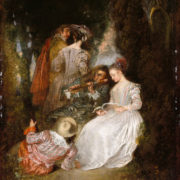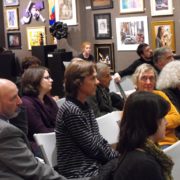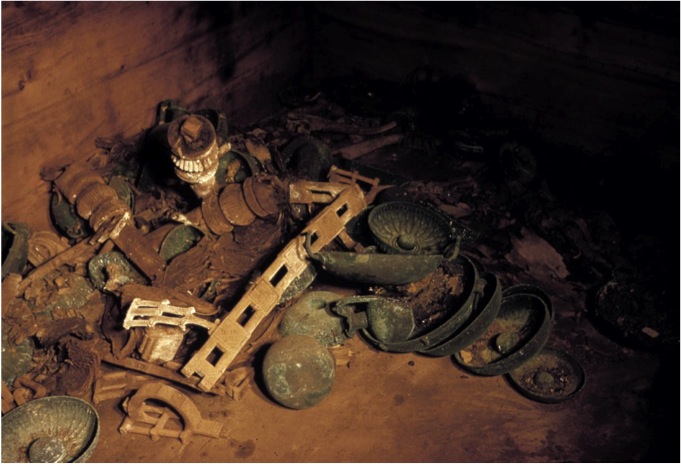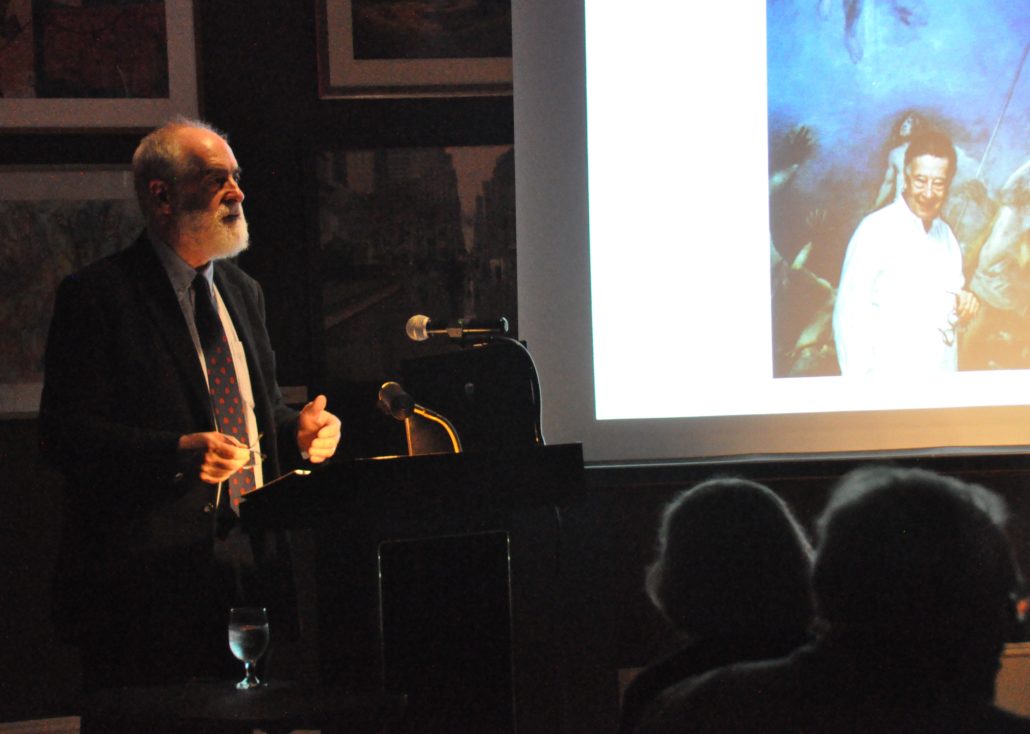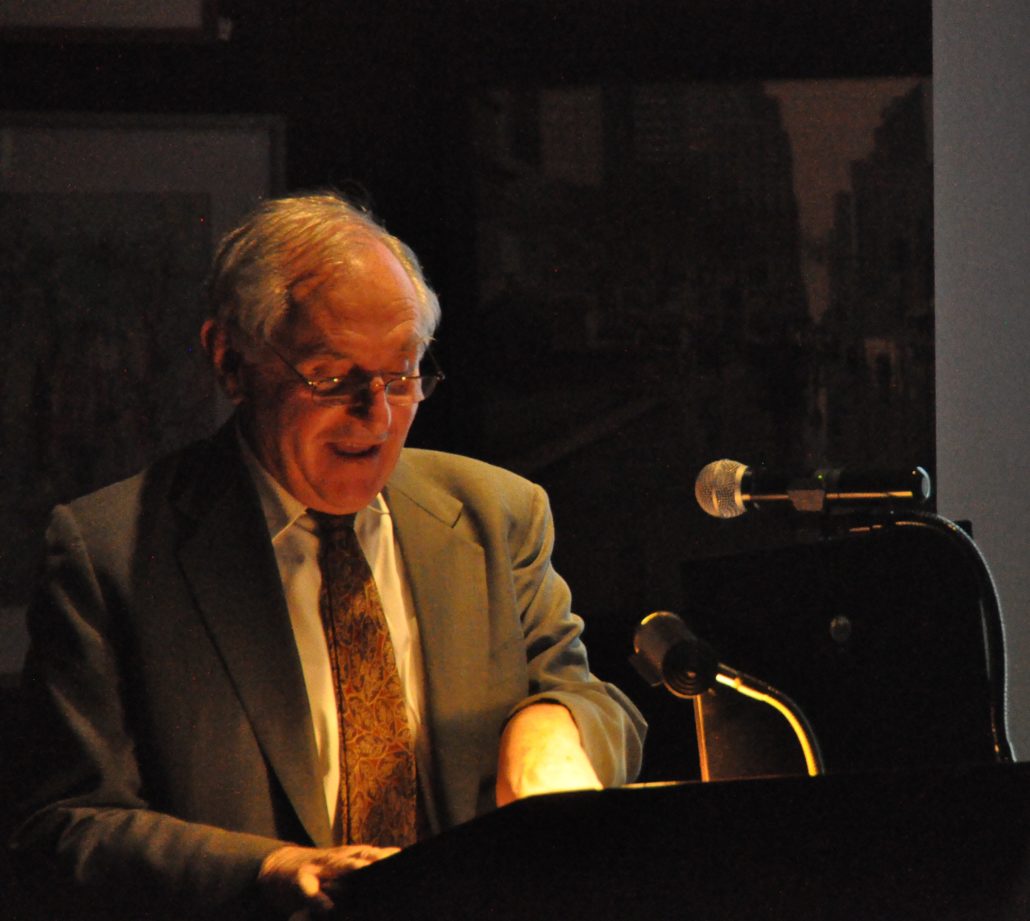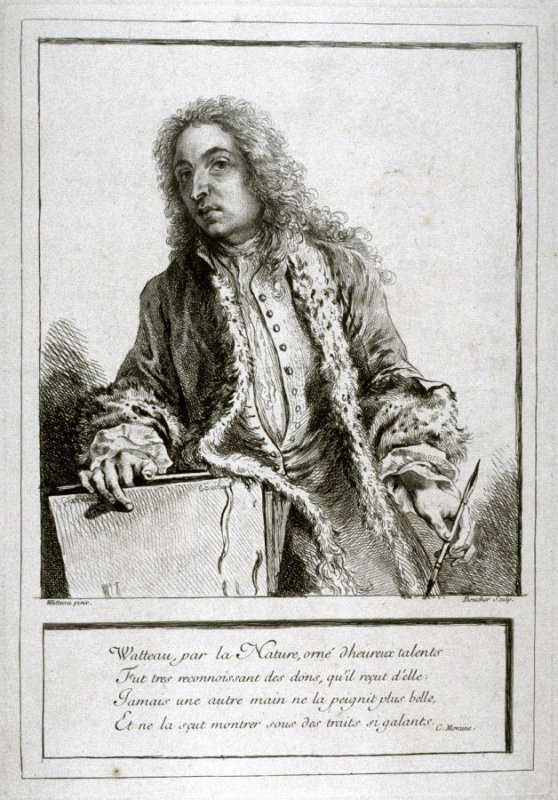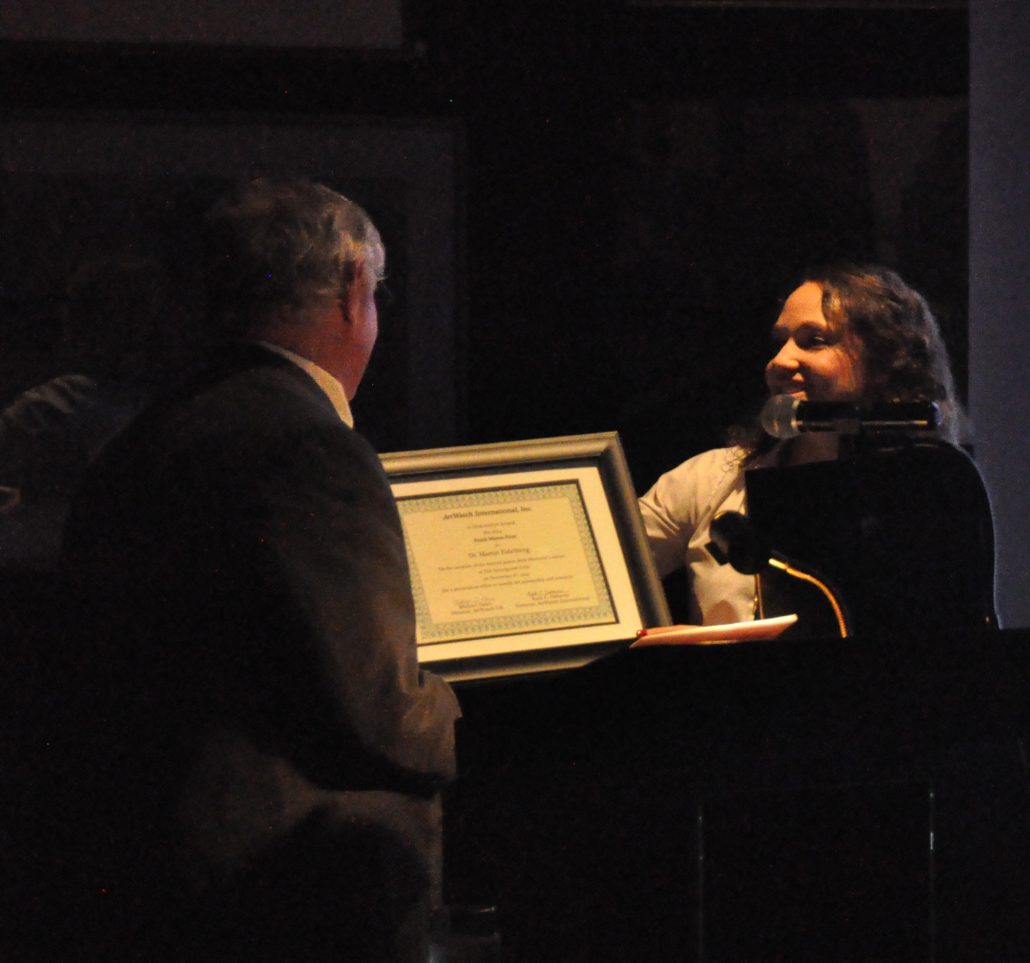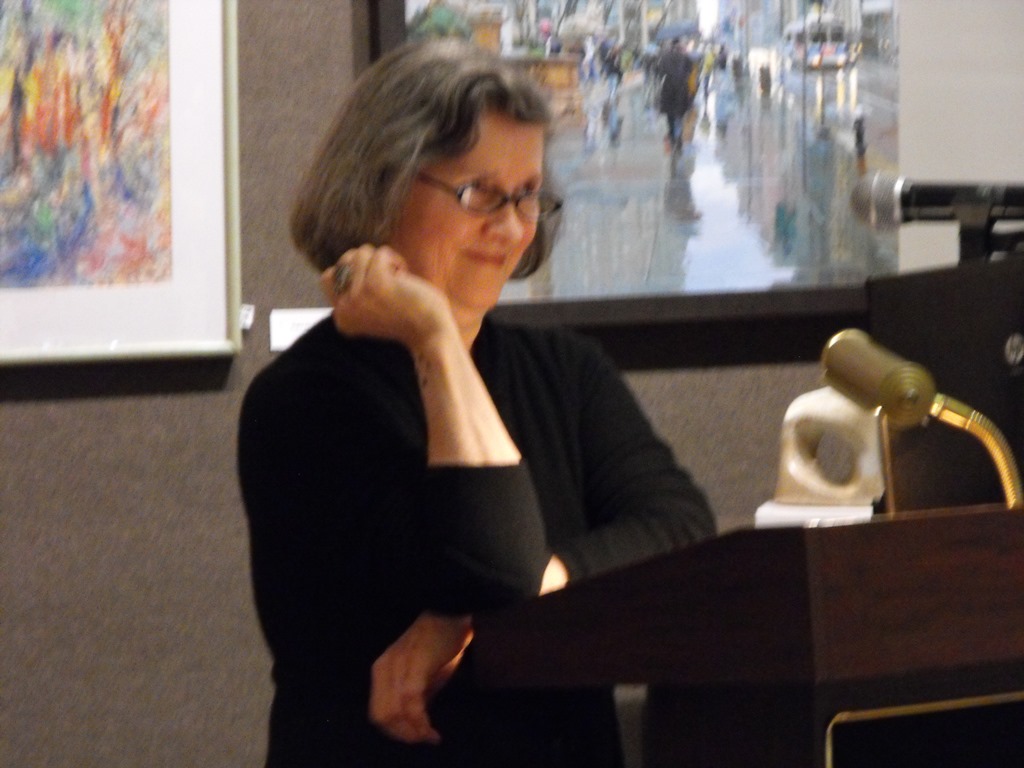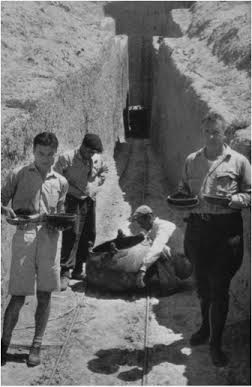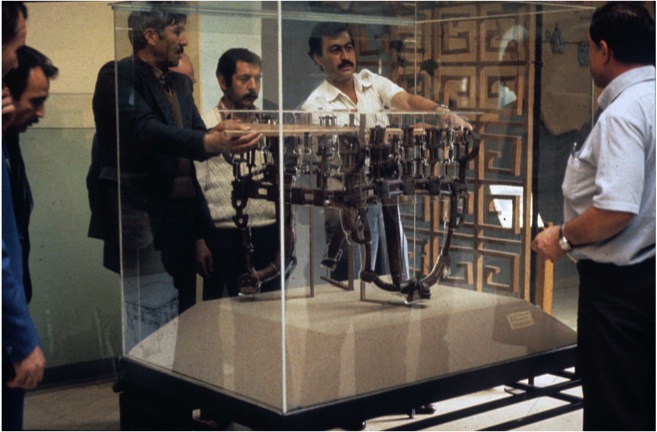A Weight of Evidence: An Interview with Dr. Martin Eidelberg on the Watteau Abecedario
Ruth Osborne
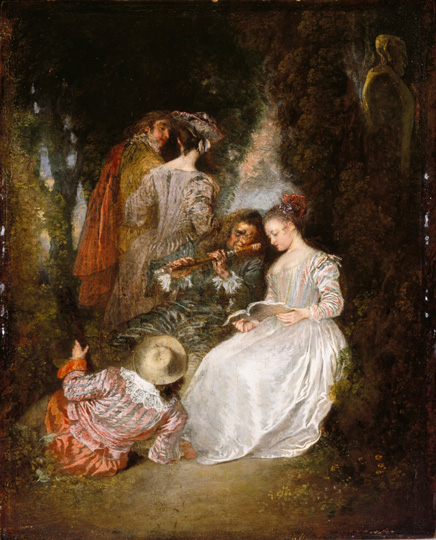
Jean-Antoine Watteau, L’accord Parfait, 1719. Courtesy: Los Angeles County Museum of Art Collection / Watteau Abecedario.
This past October, I had the opportunity to interview Dr. Martin Eidelberg, well-respected Jean-Antoine Watteau scholar, on his recent project, the Watteau Abecedario. He shared with me his insights on the world of art scholarship and publishing, attributions and misattributions, connoisseurship, dealer and auction house mishaps, and art conservation as it has changed the way one is able to study Watteau.
RO: As you know, ArtWatch is an advocate for the voice of art itself. And what’s wonderful about our work is the focus on connoisseurship, especially your current project, the Watteau Abecedario. I want to start off by asking you how your own research developed into the first website you created, Watteau and His Circle. Why did you choose this format to publish your work? Free of charge to users?
ME: The reason I went online, although I am a luddite at heart, is that serious art magazines are fewer in number than before and are deemphasizing older art. Contemporary art is where the money is. So many of these magazines I previously published in have disappeared. Also, editors want you to use fewer pages and fewer images. They want more in color. When you explain you’re writing about something that doesn’t exist except in an old black and white photograph, they’re not happy. So, I’m now master of my own ship.
RO: How long would you say you’ve been working on your website?
ME: The first website began about four years ago. I originally planned that the Abecedario would be a part of that. But it’s physically too big to be accommodated easily, so I’ve moved it to a separate site. However, the two are interlinked. “Watteau and His Circle” contains essays, whereas the Abecedario is a proper catalogue raisonné focused on object entries.
RO: The sentiment of putting art out there for more people to experience and appreciate is often the reasoning behind works being made to travel around the world for loan exhibitions. But are they really having that impact? Are people actually learning about a piece that they wouldn’t otherwise be able to see? Whereas your work attempts this in a different, more practical way, without being invasive to the condition of the works themselves.
ME: The Abecedario is more universal. A show is only on view for a certain period of time and it only travels to a few cities. Thus it is an experience of limited duration. On the other hand, everybody uses the catalogue that survives. This website is a way in which art gets distributed not only free of charge but more conveniently. You don’t even have to go to a library. You can do your research at home.
RO: You also have a section on contested works. And you compare works of art and cross-reference them. It’s a really extensive project.
ME: Oh, truly enormous. But there are several people who now are helping me. Also, the internet itself is a great tool aiding research and speeding the process. Institutions like the Getty and its Provenance Index have digitized the contents of early sale catalogues and have provided wonderful finding aids. Which means you can just press a few buttons, and find almost every painting by Watteau or Boucher or Fragonard sold between 1680 and 1820. It’s brilliant! The Rijksbureau voor Kunsthistorische Documentatie in The Hague has scanned most pre-1900 sale catalogues. Gallica has made so many older publications available on line. Some are going to say that this has taken the human quality out of the humanities but that’s not true. Once this basic ingathering of documentation has occurred, there then comes the crucial element of interpreting the data.
RO: And even though digitizing research and scholarship is not just looking at images, do you think that it can still help improve the place of connoisseurship in today’s art world?
ME: Of course, because you have access to more and more works of art, and you realize the range of the artist and, conversely, what is not authentic. One sketchily-rendered painting, thought to be a preliminary version of a painting now in the Soane Museum, came up for sale around 1900 in New York and was bought by a woman from Cleveland, ultimately given to the Cleveland Museum. Gradually it was downgraded as curators people tried to find a name to attach to it. The museum sold it, then it knocked about a bit and came up for sale several times. A few years ago, when it came up at auction with an optimistic re-attribution to Watteau and the circumstances of its previous history downplayed, it sold for a good sum of money. Ultimately the buyer went to court to get his money back and won the case. Once you know more about the artist and his aesthetic, that tells you something useful. There is the weight of evidence.
RO: And some of these misattributions may have already been revealed. But do you feel like your work could lead to a greater understanding of a work that maybe has been attributed but is not?
ME: First of all, the oeuvres of Watteau’s followers have been clouded over because works not worthy of their master have been assigned to them in a haphazard manner. It takes time to sift it all out. Wrong attributions have serious repercussions for our understanding of these artists. Impartiality is the key to it all. The dealer, auction house, and collector alike don’t want to hear bad news about paintings being downgraded. That’s one of the major dangers these days for the catalogue raisonné-er. There are cases where people whose works of art were downgraded became belligerent or litigious. Legislation currently pending in the New York State Assembly would prevent people from suing someone who is preparing a scholarly catalogue raisonné just because they disagree with your opinion.
RO: I know that recently there is a greater reluctance of scholars to say anything. And it shouldn’t be that way. It’s only helping the dealer. Ten or twenty years down the road something marketed improperly will still come out as false.
ME: There are important questions surrounding this pending New York legislation. Whom will it protect? Will it protect only an art historian working in New York State? Or will it protect Americans in general? And what about on the international scale? I don’t think France or Germany will abide by New York State legislation. That needs to be dealt with. What if an ordinary person like myself, who has no financial investment, gets involved in a lawsuit? The expense involved is incredible. Lawyers charge several hundred dollars an hour, and a case can go on for several years. The opposition can wear you down just by the incredible demands they put on your lawyer, whom you are financing. And if you win, what do you win? You don’t win money to pay even for your legal representation. That is a serious issue, because there are a lot of people in the art world who are dealing with large sums of money. When a painting sells for millions of dollars, there is strong motivation for wanting positive attributions.
RO: Do you feel there might be people reluctant for a work like your Abecedario – dedicated to Watteau or any artist – to emerge because paintings it might question the authenticity of paintings in their possession that haven’t been questioned in the past? And then what are they to do about it?
ME: Art history isn’t a pure science. You can’t put a work under a microscope and tell whether it’s this virus or that virus. Even for technicians who look under the microscope at a painting, what they see is debatable and open to interpretation. Traditionally, when a book comes out, there are reviews. And there are famous cases of open exchanges between feuding scholars. So I presume for the Abecedario there will be some people who will complain (although so far the response has been overwhelmingly favorable). Some may object that this painting couldn’t be a Watteau, or what you claim to be a copy is definitely authentic. Actually, I look forward to such exchanges. I hope that the Abecedario will generate a certain amount of feedback. Because it’s on the internet, I can always rectify errors. We only have ten entries up and an additional installment will be out in a few weeks, but some revisions to the first ten are already planned.
RO: I think that shows you care for the works themselves. And you understand it can kind of be an organic thing. And there has to be discussion.
ME: No person can ever find all the information. Sometimes the key is somewhere else where you wouldn’t have even looked. Or worse, where you’ve looked but forgotten you saw it.
RO: That’s a wonderful way to look at your own work. It’s not putting this pressure on.
ME: I don’t write ex cathedra.
RO: I think that there can be a real danger to not approaching art that way. And this approach makes the work more exciting, and it places the scholar in a more humble position.
ME: Humble and liberating. Because you can advance a theory, then retract it, and start all over again.
RO: But in the interest of collectors wanting to know “yes or no,” it can be extremely difficult for them to accept that opinions can change.
ME: Works of art that they bought with one attribution can prove to be not as good as originally claimed. Or they can turn out to be much better. It’s not all bad news. One of Watteau’s paintings came up for sale recently. The auction house was on the fence as to whether it was the original version or just a copy, especially since another version was in a public collection. After the sale dendrochronologist tested it on behalf of the new owner and the panel proved to be wood from a tree felled around 1708, perfect for an early Watteau. Also, although the new panel was evidently cut down, more of the original was intact than had been thought. Not least of all, a judicious cleaning of the panel brought back the original surface. So, all of that was good news.
Another instance revolves around a portrait of Watteau posed in a garden at his easel, standing next to his friend and dealer, Jean de Jullienne, who is playing the cello. It was argued in the 1920s that Julienne had an engraver make up this double portrait for an engraving and the overall composition wasn’t by Watteau. But drawings for the two figures exist and help substantiate the attribution. I found documentation that the painting had been cut down not long after Watteau’s death, which helps explain why it couldn’t be traced in later collections. Recently the whole composition showed up on the Paris market, and the auctioneer and the expert were convinced this was the original Watteau. I said, “look at the surface, it’s not an original Watteau surface.” And they said, “ it suffered.” I pointed out that that the composition had been cut down into two or more parts by c. 1760. Therefore the painting being offered couldn’t be the original. You can’t resurrect it whole from the grave. But they went ahead and sold it as a Watteau. I think that many people agree it isn’t the original version but there are still some, like the buyer, who don’t want to hear that.
RO: But in this instance, you were able to freely give your scholarly opinion.
ME: I was able to through connoisseurship and documentation, but that doesn’t come along all the time. Sometimes it’s just a matter of connoisseurship. It would be very nice if there were documentation for every case. But why think you’re going to find something no one else has found? There are so many cases where you know of records being destroyed, even by the artist themselves. Records of commercial firms are often lost or destroyed. So, what are you going to do? We have to use the little factual data that has survived as skillfully as possible and weave around that our narrative of what we think actually happened.
RO: And just admit what you don’t know for sure.
ME: Exactly. Moreover, to pursue new archival research is extremely expensive. This is why early art historians, particularly many of the major ones, were personally wealthy or had support from wealthy patrons.
RO: Throughout history, it’s always the importance of these relationships between benefactors or, now, corporations, and scholars that allow things to be done.
ME: Yes, but it’s very important that it all remain impartial. For example, when Bernard Berenson worked for certain clients it muddied the waters. If you’re working for someone who has a vested interest, it may well color your research. One must be as innocent and beyond reproach as Caesar’s wife.
RO: But I think that the digitization of collections and archives can change what people are able to do and how they can seek out documentation. You don’t have to travel and see things, you don’t have to know the right people, you just know that it’s out there.
ME: There are indeed new electronic resources that are free and accessible online. It’s sort of armchair scholarship, which is great because formerly travel was an expensive part of being an art historian. As often is the case, we come back again to issues of money.
Now you didn’t ask me one important question, which is why my catalogue is called an Abecedario.
RO: No, I didn’t ask you that.
ME: “Abecedario” was a title used very often in the eighteenth-century for literary works that were arranged alphabetically: A, B, C, D, etc. Most catalogues raisonnés are arranged chronologically or thematically. Watteau’s oeuvre proves difficult to arrange either of those ways. He painted for little more than ten 10 years. He never signed, much less dated, a painting. Except for three or four of his works, we don’t have really fixed dates. If you look at art historians’ accounts of Watteau’s chronology, they are all over the map. Some paintings that they claim were the earliest, turn out to be the latest, and vice versa. Ultimately we’re splitting fine hairs for a decade-long career. I don’t think the dates are particularly illuminating when they are a specific year. What do you do with a painting that was partially executed one year and finished several years later? So I gave up on the idea of chronology, which I recognize some colleagues will not like. Arranging Watteau’s works thematically is equally difficult, especially since fêtes galantes don’t really have subjects. An alphabetical listing by title is not without issues, but hopefully it will prove to be efficient.
RO: The benefits of having this kind of research online, I hope, would inspire some institution to begin supporting efforts like yours.
ME: I am very concerned about where the research will be located in the future. Will there be a site fifty or a hundred years from now that will host the Abecedario?
RO: Perhaps it’s up to the owner who care about what will happen to it in the future. I just wonder if there are collectors nowadays that think about that.
ME: Certainly many collectors spend their idle moments reading monographs and looking through catalogues to learn about the artists and to see what’s around. They’re generally very interested in learning about other examples of the artist’s work. I’ve met lots of interesting collectors, and there is a reciprocal benefit because they often get information.
RO: Information that is useful if not simply to understand the artist better, then that will enable them to collect more knowledgeably.
ME: With collecting Watteau, there are important considerations. Not only subject and style, but condition. Frankly, how much is by the restorer? That’s a major issue. Watteau was a very bad technician, especially in the early part of his career. Some paintings are total disasters. So how much of the original Watteau are you looking at?
RO: How much would you be willing to admit isn’t original?
ME: I try to be as exact as possible, although it is often not easy to tell from just an examination of the surface. There’s a very interesting painting in the Hermitage in St. Petersburg. In the nineteenth-century they transferred it from panel to canvas. Then it needed a little retouching here and there. But, in fact, the restorer really re-painted much of the work. The two figures and the trees that dominate the left side of the painting aren’t by Watteau. The restorer apparently didn’t like Watteau’s asymmetrical composition and totally changed it.
RO: But does the restorer document this?
ME: Not in the nineteenth-century and not for much of the twentieth century. Even if you document it today, where will the restorer’s records be tomorrow? A painting in Lille that I’d never seen in person was restored a half century ago in the Louvre laboratory for conservation. While cleaning and restoring it, they decided that the Watteau figures in the landscape were not original, especially because they x-rayed it and could see other figures beneath. So, they removed the Watteau figures to reveal the original toga-clad figures below. But when the solvent went down the drain, it took Watteau’s portion of the painting. It’s gone. As far as I know, they never documented the process. They never photographed the pre-restored state of the painting in color.
RO: And I’m assuming you asked directly what happened? You don’t think that they had records that they didn’t show you?
ME: I don’t know. I was just told that they weren’t any records or color photos.
RO: And you never saw an image of the painting before this?
ME: I have a black-and-white photograph of the painting with the original Watteau figures. However, a black and white image of a dark painting isn’t really fulfilling. Where do private restorers’ records go? I know of independent restorers who have retired or will one day retire. Where will those records be stored? There’s no depository for them.
RO: That can make people forget about how much a painting can change. And you don’t think about it just coming off the street, walking into a museum and seeing a work. I didn’t think about that until I was an undergraduate, then things drastically changed.
ME: Right, until you’re trained to know what to look for.
RO: So you’re not really learning, when you’re looking, until you’re trained to look.
ME: Sometimes the restorations look better than the original work, because the restorers are very well-trained in painting.
RO: Were there any restorers who stood out who didn’t actually publish or document their restoration work?
ME: No particular cases. One restorer said, “this picture was a dream to work on, because it hadn’t been touched since the eighteenth century.” She said that all she had to do was remove the varnish. Everything underneath was intact. That’s what one would like to hear. I know of another painting where, more or less the same thing was said. Except they also admitted that the restorer reinforced certain lines around the faces and in the drapery. That’s not the kiss of death, but it warns you that there’s been a little finagling. But I don’t know where those official records are. Sometimes you can tell by looking at the photographs that were taken in 1920, 1950, 1980, and today. You can see slight changes, you have intimations of what occurred. The facial features weren’t as sharp before. The trees are much more defined than they used to be.
RO: But again unless you know what to look for, or unless you are exposed to knowledge of his work. Even just knowing Watteau’s tendencies to paint with less-than-stable materials helps inform me to look at his work.
ME: There’s a painting that’s been surrounded by controversy; it’s been up for sale for a while. X-rays were taken. Conservation was done, portions were cleaned, and some important revelations were brought to light. But I still wonder if several principle figures are actually in a perfect, original condition as purported. The conservation report can disguise certain aspects under terms like “the area has been stabilized.”
RO: But then what happens when conservation reports differ?
ME: Interpretations of data are always an issue. A half century ago when Watteau’s signboard for Gersaint was studied in the Louvre laboratory, they found that Watteau had painted part of a cart in the street at one side. Recently the museum in Berlin carefully analyzed all their Watteau and Watteau-related paintings and presented them at a symposium that I attended. I asked why they didn’t mention the cart and they replied that there never was one. I said “but it was in the x-rays.” They said, “it wasn’t there.” How you read x-rays, you know, is very tricky. Some people see objects in the shadows. Others don’t. It is all open to interpretation.
RO: But then who becomes the person to declare “this is true, this is not”?
ME: Who’s in charge of the lab when the conservation is being done? The person who prepares the report. Who’s the art historian who’s going to declare what is and what isn’t authentic? The person who’s in charge of the publication or the website. Of course, other people can agree or not. That’s why it’s not a science. But even in the sciences, you wonder who is in charge and how these decisions are made. Often they come back and correct their opinions in later years or rerun the tests differently.
RO: Which is why it’s so interesting to hear your views on the point of scholarship, that it’s a discussion.
ME: It’s growing, it’s evolving, it’s organic, evolutionary. It’s an exciting challenge.
RO: And it’s something that you don’t go into to find yes or no answers.
ME: Or you try to, with the understanding that today’s “yes” might be tomorrow’s “no.”
RO: I feel like that should be in the fine print.
ME: Or the top banner! Things do change. When I was teaching the history of art, I had certain favorite Rembrandt paintings, until the Rembrandt Committee went around and declared all my favorite Rembrandts to not be by Rembrandt. What’s a fellow to do! Sometimes their negative opinions have been reversed. So it is a kind of fluctuating system. Art history is an accumulation of knowledge and opinion. The great thing for an art historian is that longevity helps. The longer you study, the more you have seen, the more you understand the field. You become a richer person from all that.
RO: Well, I didn’t expect you to inspire me in my own work today, but I feel like you have. Thank you, it’s been wonderful to talk with you.
ME: My pleasure.

